Advertisement
A holy grail of concussion research may be at hand

Advertisement
Cleveland Clinic is a non-profit academic medical center. Advertising on our site helps support our mission. We do not endorse non-Cleveland Clinic products or services. Policy
The ability to measure single human head impacts with accuracy and precision has been the holy grail of concussion research for at least four decades, dating back to the pioneering work of Col. John Paul Stapp, MD. The quest has never shown more promise than today, with recent laboratory and human validation studies demonstrating Cleveland Clinic’s Intelligent Mouthguard to be a valid single-event head impact dosimeter.
This article traces the development and testing of the Intelligent Mouthguard and outlines next steps in our efforts to make it available as a trustworthy clinical tool for monitoring concussion risk after individual head impacts.
The Intelligent Mouthguard is equipped with sensors to measure linear and rotational head movement in real time. Since its development began at Cleveland Clinic in 2008, it has evolved through several iterations to its current wireless version (Figure 1) with Bluetooth data transmission and an inductively charged battery.
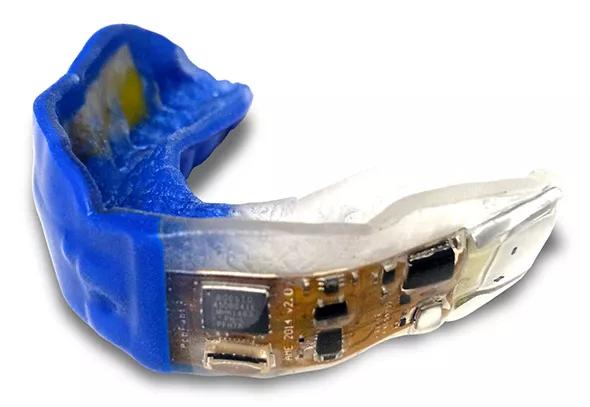
Figure 1. The Intelligent Mouthguard.
Development of the Intelligent Mouthguard has been guided by the hypothesis that trustworthy information on three aspects of head impacts — magnitude, location and direction/orientation (e.g., glancing blow vs. direct blow) — is necessary for effective concussion risk monitoring. Two principles are central to this hypothesis:
Advertisement
Design of the Intelligent Mouthguard was shaped by our team’s early recognition that placement of impact sensors in a mouthpiece — as opposed to a helmet, skullcap, skin patch or other head gear — is the optimal way to combine accuracy with precision in head impact measurement to ensure that sensor movement is reliably coupled with actual head movement.
That recognition is not trivial, because managing to couple sensor movement with head movement is not as easily achieved as it may seem. Although a number of published head impact studies have captured impressive-looking data using helmet- or skin-mounted sensors, these approaches yield erroneous head impact measures. That’s because a helmet or skullcap often moves very differently from the head, as demonstrated in this short video produced using a crash test dummy in our lab. This results in measurement artifacts as opposed to measures of actual head impact. The result can sometimes be data that suggest degrees of head acceleration or deceleration that physics models indicate are simply impossible for the human head to undergo.
Poor dosimeter-head coupling was among the limitations of commercially available dosimeters recently tested by the National Football League (NFL) when it assessed an instrumented helmet and a sensor-laden mouthguard for use in on-field head impact quantification. Neither device met the NFL’s validity specifications based on a 2014 NFL scientific presentation.1 In February 2015, the NFL announced the indefinite postponement of its on-field dosimeter work.
While it may seem straightforward to use a mouthguard firmly coupled to the teeth to mount sensors to the skull, the failure of the commercial mouthguard dosimeter in the NFL tests independently confirms that this approach is not without challenges. There were several difficult engineering tasks — developing theoretical equations of motion, testing gyroscopes, smashing accelerometers, whacking crash test dummies, instrumenting human volunteers — that we had to complete to ensure the Intelligent Mouthguard produced accurate, precise and trustworthy data.
After successfully completing these tasks, we recently published test data demonstrating that the Intelligent Mouthguard meets NFL validity specifications as a single-event head impact dosimeter.2 Our published data confirm that the Intelligent Mouthguard can measure head impacts within 5 percent of the true value.
We have since built on this laboratory validation with human studies designed to confirm the Intelligence Mouthguard’s performance within tested ranges. We have tested it in the following populations:
Our reporting of head impact data is limited to “true positives,” or those impacts for which we have video confirmation of a corresponding hit as well as data that are consistent with the physics of head motion after an impact.
Although there were no concussions or clinical symptoms in this cohort, many of the head impacts measured by the Intelligent Mouthguard were near the concussive ranges reported in literature studies from the NFL and Virginia Tech. Figure 2 presents a graphical depiction of the head impacts captured in our human study.

Figure 2. Graphical depiction of the impacts from our human study showing the location (arrow tips), magnitude (arrow lengths) and direction (arrow orientation) of head impacts.
Advertisement
We have submitted data from this human validation study for publication. With the finer resolution now provided by Intelligent Mouthguard data, we can, for the first time, accurately and precisely determine the following:
These parameters will be critical in the future as we tie impact magnitude, direction and location to clinically measured behavioral changes.
Our next steps include working with Cleveland Clinic Concussion Center clinicians to design experiments to determine how best to quantify concussion threshold as a function of the magnitude, direction and location of head impacts. These efforts will likely pair data from the Intelligent Mouthguard with relevant data available from MRI studies, neurocognitive assessments, blood tests, etc.
Advertisement
We will also work with our clinician colleagues to identify how we might supplement the three core variables captured by the Intelligent Mouthguard with other important variables in concussion risk, such as individual susceptibility and individual brain adaptability to head impacts.
These steps will inform our ongoing efforts through Cleveland Clinic’s commercialization arm, Cleveland Clinic Innovations, to refine the Intelligent Mouthguard hardware to make it commercially available. The demand for accurate and precise head impact measurement to guide clinical concussion assessment is real and large. We are hopeful this is an important step in meeting that growing demand.
Dr. Bartsch is a researcher in the Department of Biomedical Engineering in Cleveland Clinic’s Lerner Research Institute and in the Neurological Institute’s Concussion Center. He acknowledges the following collaborators in the work reported here: From Cleveland Clinic: Sergey Samorezov, research engineer with Medical Device Solutions Engineering Core, Lerner Research Institute; and Edward Benzel, MD, Center for Spine Health. From the University of Pittsburgh: Vincent Miele, MD. From Sportsguard Laboratories Inc: Daniel Brett, DDS.
Advertisement
Advertisement
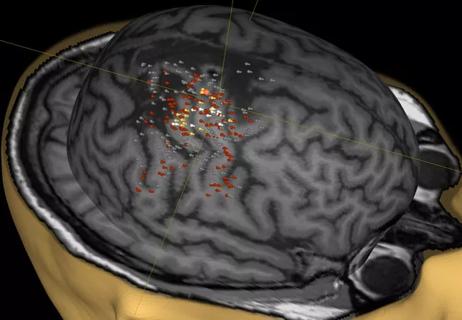
A noninvasive approach to map eloquent areas before surgery
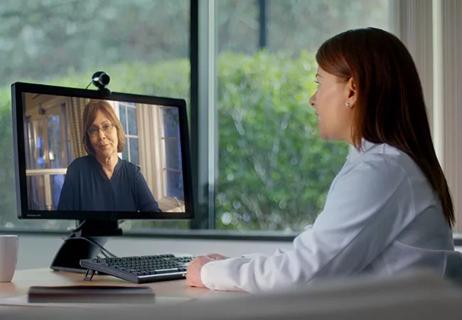
Physician reimbursement policy experts join forces with IT and coders to enable digital transformation

Minority Stroke Program focuses on outreach to racial and ethnic minority communities
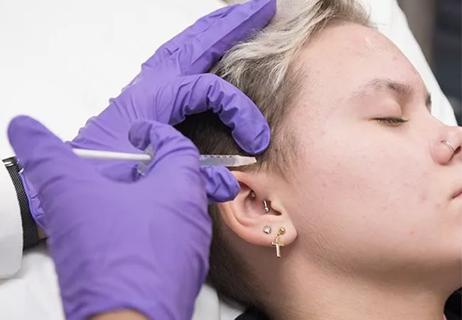
Excellent response seen with ongoing use in patients as young as 11

Q&A with a psychiatrist in Cleveland Clinic’s Transgender Surgery and Medicine Program

Time constraints, language barriers, substance misuse, mood disorders targeted for improvements
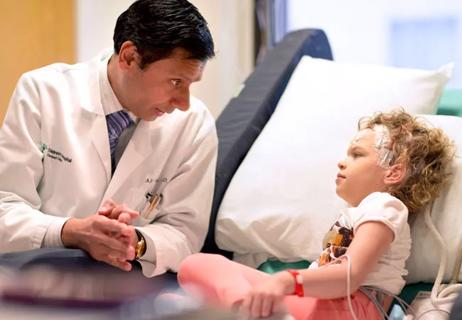
Project draws $1.6M to leverage telemedicine to create medical home, ease transition to adult care
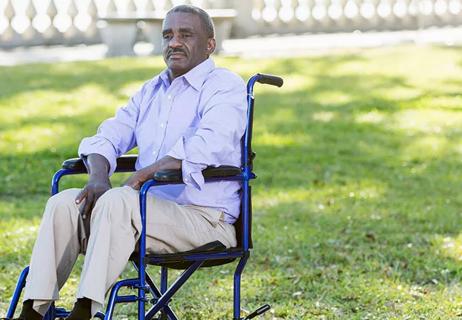
Comorbid depression is only one of the likely warning signs